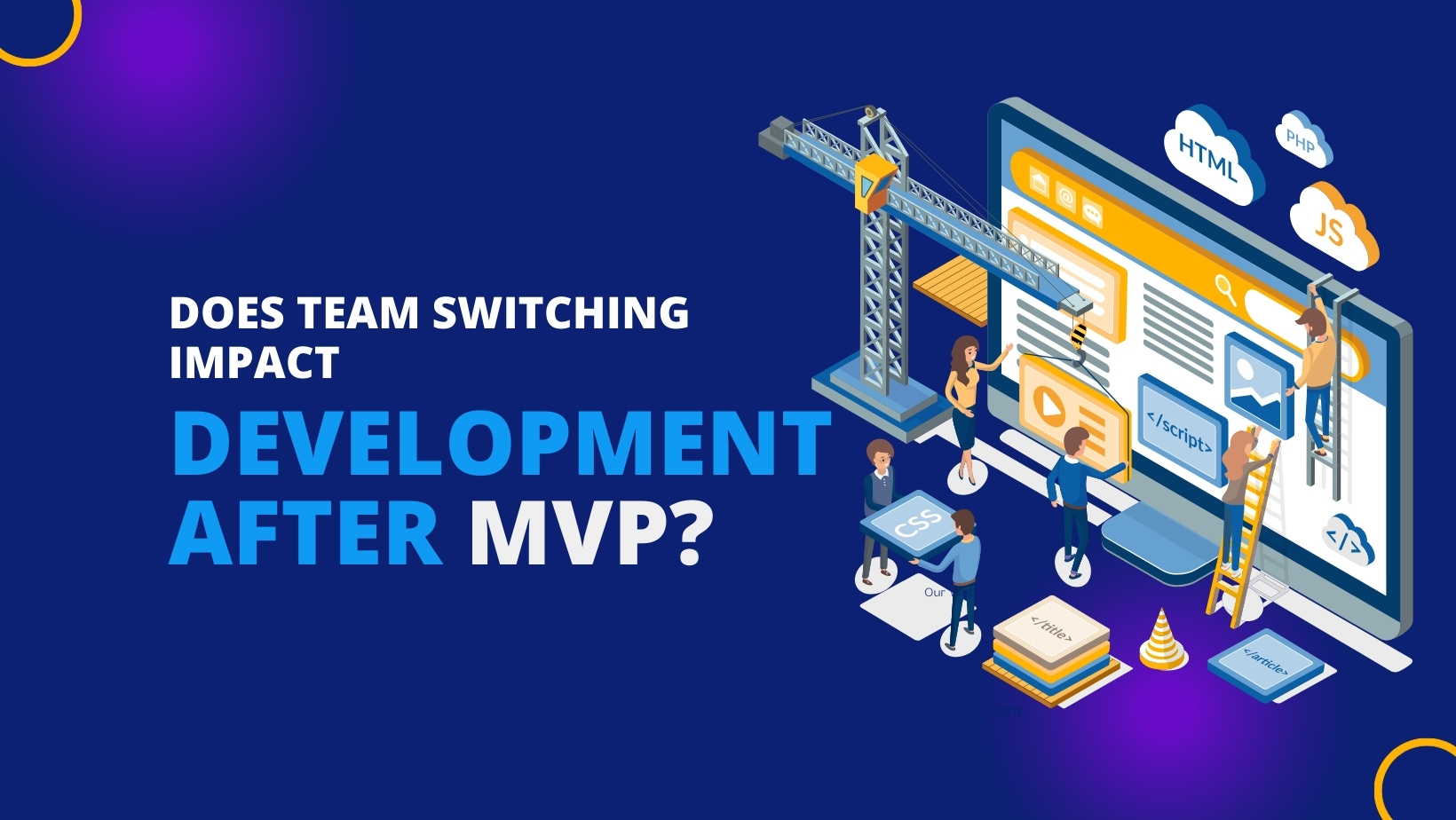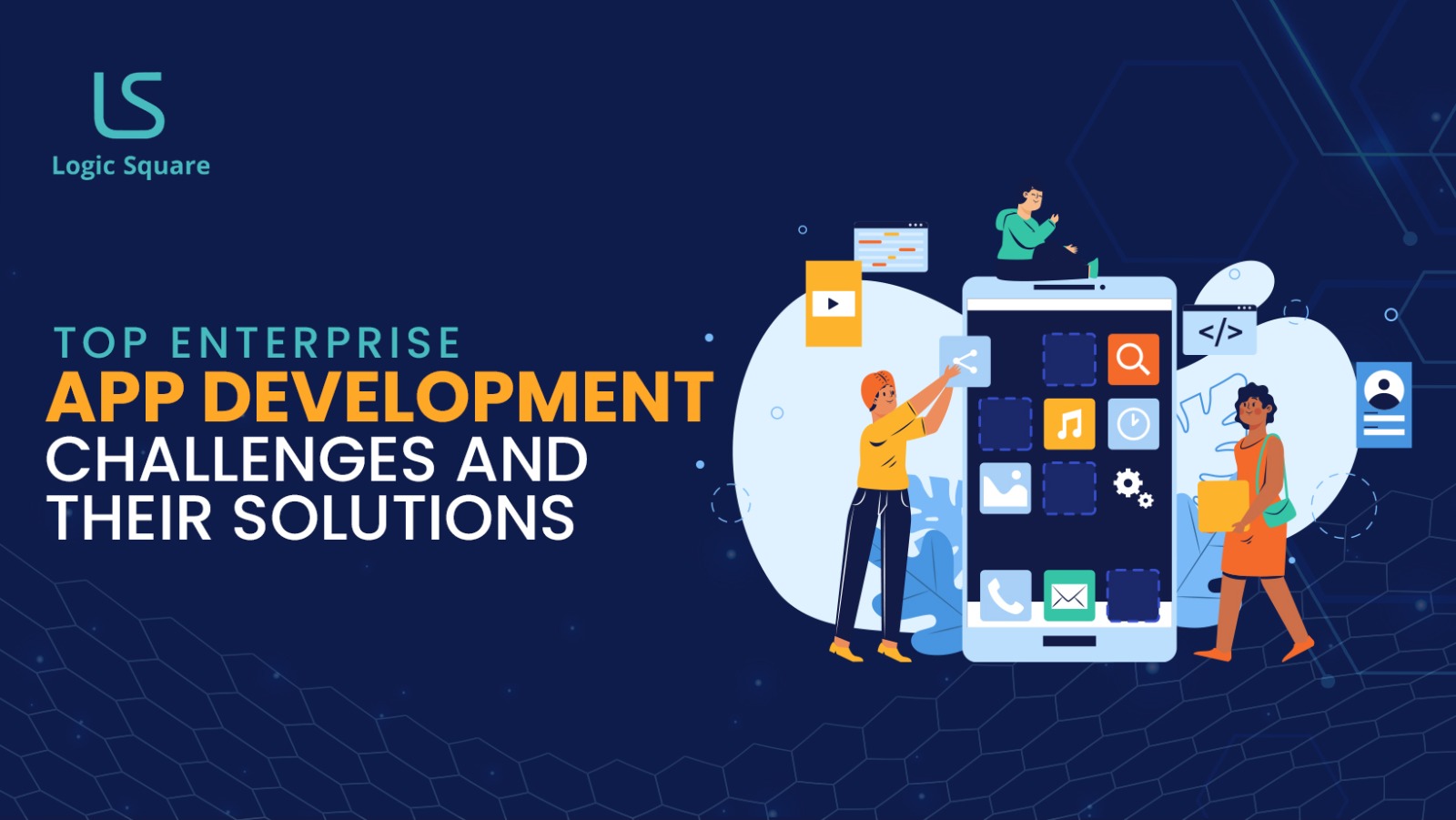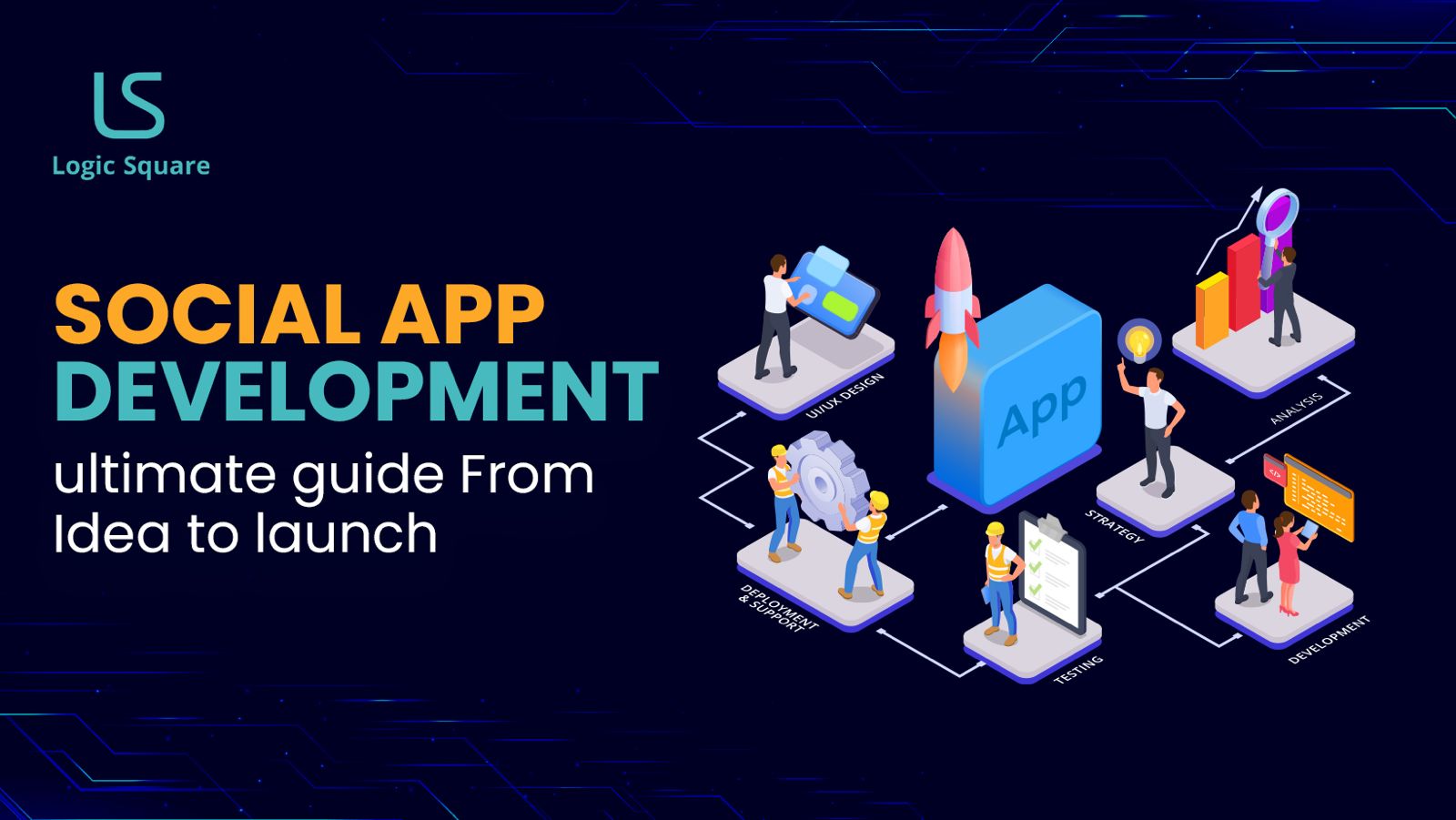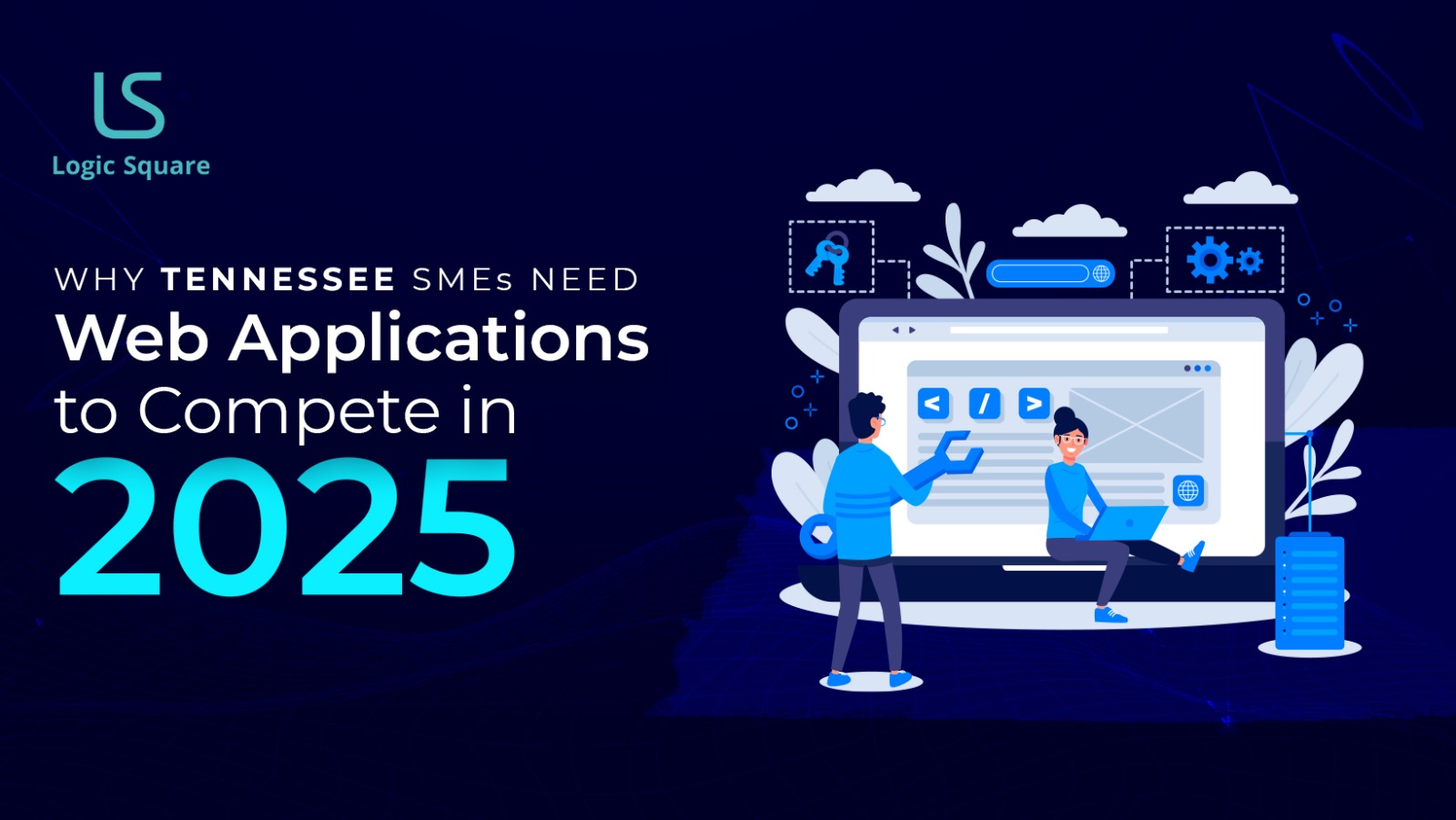To launch a Minimum Viable Product (MVP) is often considered as a milestone in any startup’s journey. It allows startups to test their core assumptions about their product as well as their reception among real users.Hence, MVP software determines if there’s any actual demand for the product before you pour money into it.
What happens after the MVP phase can significantly impact the product’s future trajectory.
Why is this such a problem? Think about it: your initial developers better understand the intricacies of the codebase, the rationale behind every design decision, and the quirks that lie beneath the surface. They’ve initiated the project from scratch. Replacing them with a new team is like asking a new builder to finish a house built by someone else – without the blueprints.
For founders, understanding the consequences of team switching is essential to maintain product development momentum.
Here is a breakdown of potential pitfalls:
- Lost Knowledge: The biggest risk of team switching is losing institutional knowledge. Your initial developers possess a deep understanding of the system’s nuances, undocumented features, and workarounds. This knowledge is invaluable for future development and maintenance. The new team will spend weeks or maybe even months— just trying to understand the existing codebase, ultimately slowing down the progress.
- Integration Issues: Integrating a new team into an existing project is never seamless. Different coding styles, preferred tools, and communication patterns can create friction and slow down development. This situation can bring bugs, inconsistencies, and delays in releasing new features.
- More Technical Debt : The hidden cost of using short cuts and hasty fixes during development—often to meet deadlines—is known as technical debt. It’s possible that the original team created short-term fixes with the intention of optimizing them later. Without a comprehensive handover, the incoming team might not be aware of these issues and might ignore them. In addition, the new team may add their own short cuts to the current technical debt, which would make the problem worse.
- Unalignment of Product Vision: The team which has ideated the vision often works closely with founders or product owners. This makes every decision aligned with the product’s vision. This close collaboration helps them prioritize features that deliver maximum value. Introduction of a new team might focus solely on technical tasks or short-term deliverables without fully understanding the product’s long-term objectives. Although, this may or may not hurt the development in the future.
- Delayed Development Timelines: Onboarding a new team involves a number of processes, including knowledge transfer, codebase familiarization, and workflow creation, all of which require time. Depending on how complex the product is, this ramp-up phase might last for weeks or even months. During this period, bug fixes or significant feature upgrades might be delayed. The customer experience and your brand may suffer as a result of this situation.
- Inconsistent Code Quality: Each development team adheres to its own set of coding standards, preferred tools, and best practices. The work produced by the new team may differ greatly from the current codebase if appropriate coding principles and code reviews are not in place. The codesbase’s inconsistency may cause compatibility problems, which would complicate future development and raise the possibility of defects.
- Higher Long-Term Costs: In the short run, switching clubs could seem like a good deal, particularly if the new team has cheaper prices. The upfront savings, however, may be greatly outweighed by the hidden costs of rework, longer schedules, recruiting a new staff, and more bug repairs. Market possibilities are frequently lost as a result of an uncoordinated development approach. You can wind up paying more than you did initially for inferior items that need expensive future redesigns.
So, what’s the solution?
Retain your focus on growing your staff rather than replacing your current developers. Bring in fresh talent to enhance the experience of the current team. This lets you grow while keeping the original creators’ invaluable skills and expertise. They can serve as mentors, offering advice and facilitating a seamless transfer for the new team members.
This approach offers several advantages:
- Preserved Knowledge: You retain the invaluable institutional knowledge of the original developers.
- Faster Onboarding: New team members can learn from the existing team, reducing the learning curve.
- Smoother Integration: The existing team can help integrate the new members into the development process.
- Maintained Momentum: You can continue to build on your existing progress without significant delays.
Switching developers after the MVP might seem like a good idea on paper, but in reality, it’s a risky move that can severely impact your startup’s growth. By focusing on expanding your existing team, you can scale up effectively while preserving the knowledge, momentum, and quality of your product. Don’t throw away the foundation you’ve worked so hard to build – build upon it!
What Are The Possible Reasons Clients Switch Development Companies After Developing MVP Product?
Often switching development companies post-MVP might seem like a strategic move, but the underlying reasons are often driven by dissatisfaction or perceived advantages rather than careful long-term planning. While the decision may appear justified on the surface, it can sometimes be influenced by short-sighted priorities that end up costing more in the long run.
- Cost-Cutting MindsetOne of the most common reasons clients switch teams is to reduce development costs. After the MVP phase, businesses often look for cheaper alternatives, assuming that the hardest part of the project is already done. However, this decision can backfire as cheaper teams may lack the product context, leading to compromised code quality and increased rework expenses.
- Desire for Local TeamsClients often believe that local development teams offer better control, easier communication, and improved data protection. While geographical proximity might provide a sense of security, it doesn’t always translate to better outcomes. The assumption that local means better often overlooks the expertise and efficiency of the original team.
- Misunderstood Project ComplexityThe difficulty of turning an MVP into a fully working product is something that many clients underestimate. Without understanding that every team has a unique approach to design, frameworks, and coding habits, they could believe that any developer can just continue where the previous team left off. Significant delays and inconsistent quality might result from this error in judgment.
- More Budget to SpendWith funding secured after the MVP stage, some businesses look to hire bigger or more expensive firms under the impression that higher rates automatically equate to better quality. However, switching to a larger agency doesn’t guarantee better results—especially if the new team lacks the product knowledge or fails to prioritize the startup’s unique vision.
- Communication FrustrationsClients may switch companies due to communication gaps during the MVP phase. However, this frustration often stems from unrealistic expectations or a lack of proper processes rather than the team’s capabilities. Instead of switching teams, investing in clearer communication frameworks could resolve many of these issues without disrupting the product’s progress.
- Trust in Market Reputation Over Proven PartnershipClients might be swayed by the reputation of bigger firms, believing that a well-known name will deliver better results. However, these agencies often assign junior developers to smaller projects, while the original, smaller team might have been more invested in the product’s success.
While the reasons for switching may feel justified at the moment, the hidden risks of losing product knowledge, slowing down development, and increasing costs can far outweigh the perceived benefits. A thoughtful assessment of the long-term impact is crucial before making such a pivotal decision.
Conclusion
Switching to a new company after your MVP software is built can initially tempt you by the promise of a “fresh start” but the hazards are frequently greater than the advantages. For this reason, it is essential to keep up a steady collaboration with the original development agency. You may continue to concentrate on growing the company by utilizing current expertise and avoiding the expensive traps associated with onboarding a new staff. Smoother scalability, more effective iteration, and a greater comprehension of the complexities of the product are made possible by the established link. Your company may benefit from the early momentum of MVP and provide you a more steady, economical, and ultimately successful product evolution when you put long-term partnership ahead of short-term changes.
Building an MVP is essential for any startup or business looking to test a new product idea or enter a new market. If you are a startup, and looking for long-term solutions for your business, rely on the expertise of LogicSquare Technologies. We are here to help you build your MVP products to long-term scaling solutions.





